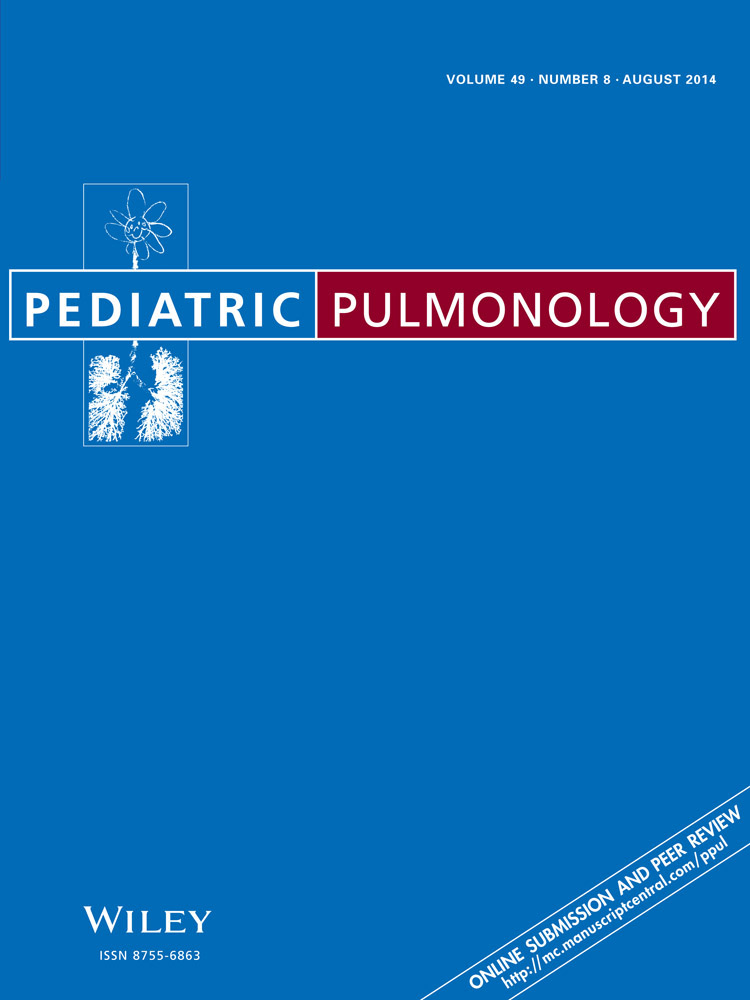Challenging a paradigm: Positional changes in ventilation distribution are highly variable in healthy infants and children
Summary
Rationale
Current understanding is that infants and children preferentially ventilate non-dependent lungs, a reversal of that of adults, based on studies using krypton-81m ventilation scanning. Participants in these studies had lung disease and were either sedated or ventilated. There is little understanding of the distribution of ventilation in spontaneous breathing healthy infants and children.
Objectives
This study aimed to determine the effects of side lying on the distribution of ventilation in healthy, spontaneously breathing infants and children between the ages of 6 months and 9 years.
Methods and Measurements
Measurements were taken using electrical impedance tomography (EIT) in supine, left and right side lying. Distribution of ventilation was described using end-expiratory to end-inspiratory relative impedance change.
Results
Fifty-six (31, 55% male) participants were studied. Nineteen (35%) participants consistently showed greater ventilation in the non-dependent lung, eight (15%) consistently showed greater ventilation in the dependent lung and 28 (51%) showed a varied pattern between left and right side lying. Overall, left side lying resulted in significantly better mean ventilation of the right (non-dependent) lung (P < 0.01). Distribution of ventilation in right side lying was relatively equal between left and right lungs.
Conclusions
This study demonstrates that the distribution of ventilation in spontaneously breathing infants and children is not as straightforward as previously described. The distribution of ventilation was variably affected by body position with no clear reversal of the adult pattern evident. Pediatr Pulmonol. 2014; 49:764–771. © 2014 Wiley Periodicals, Inc.




